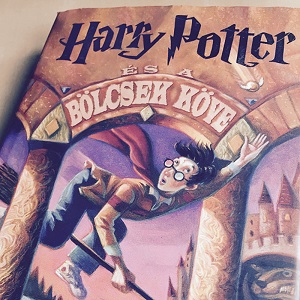The life of a book is fairly simple: author writes book, book is acquired by the publisher, book is edited (and edited and edited), book is marketed, book is published, readers purchase book, readers read book. Simple. But what if the book you want to read is not written in your native language? What if the whole world is talking about a book—a book that you can’t read? That’s where translation comes in.
According to a post on Publishing Trendsetter, there are several different ways a foreign publisher can acquire the rights to a book in order to publish a translation. The original rights holder can initiate negotiations through their publisher’s internal rights department, or an external foreign rights agent can initiate the process. Before a foreign publisher formally obtains the rights, they may have a reader who is fluent in the original language read the book and report on its quality. They may also hire scouts to look for foreign works to acquire. Once the negotiations between the original rights holder and the foreign publisher are complete and the rights are sold, the foreign publisher works with a translator to publish the work in the target language.
Currently, the largest publisher of translated works in the United States is AmazonCrossing, which is Amazon Publishing’s translated works imprint. Before the 2015 Frankfurt Book Fair, they unveiled a plan to dedicate ten million dollars over five years to translated books. This money will be used to pay translator fees. According to the press release, the plan included a goal to publish seventy-seven titles from fifteen countries and twelve languages in 2015. This would be up from its 2014 statistics of forty-six books published in English from other languages, according to Three Percent’s translation database, a blog dedicated to literary translation at the University of Rochester. This number surpassed Dalkey Archive, which has held the top spot for publishing the most translated books for the past several years. Translated works are a relatively small niche in the publishing market in the United States—one that many traditional publishers do not excel in. AmazonCrossing is hoping to fill that niche, and so far, it appears to be succeeding.
So who’s the most translated author of all time? According to UNESCO, the most translated author of all time is British mystery writer Agatha Christie. With over seven-thousand translated titles, she takes the top spot over Jules Verne and William Shakespeare, who are numbers two and three, respectively. According to Three Percent, for the last two years the top four languages most translated into English in the United States are French, German, Spanish, and Italian, respectively. The fifth has changed from Russian in 2014 to Chinese in 2015.
Overall, books in translation can be a risky market. Even if it sold well in its original language, cultural differences could be a factor that works against a translated work’s salability in the new language. But it is worth the risk to bring good stories to a wider global audience.

